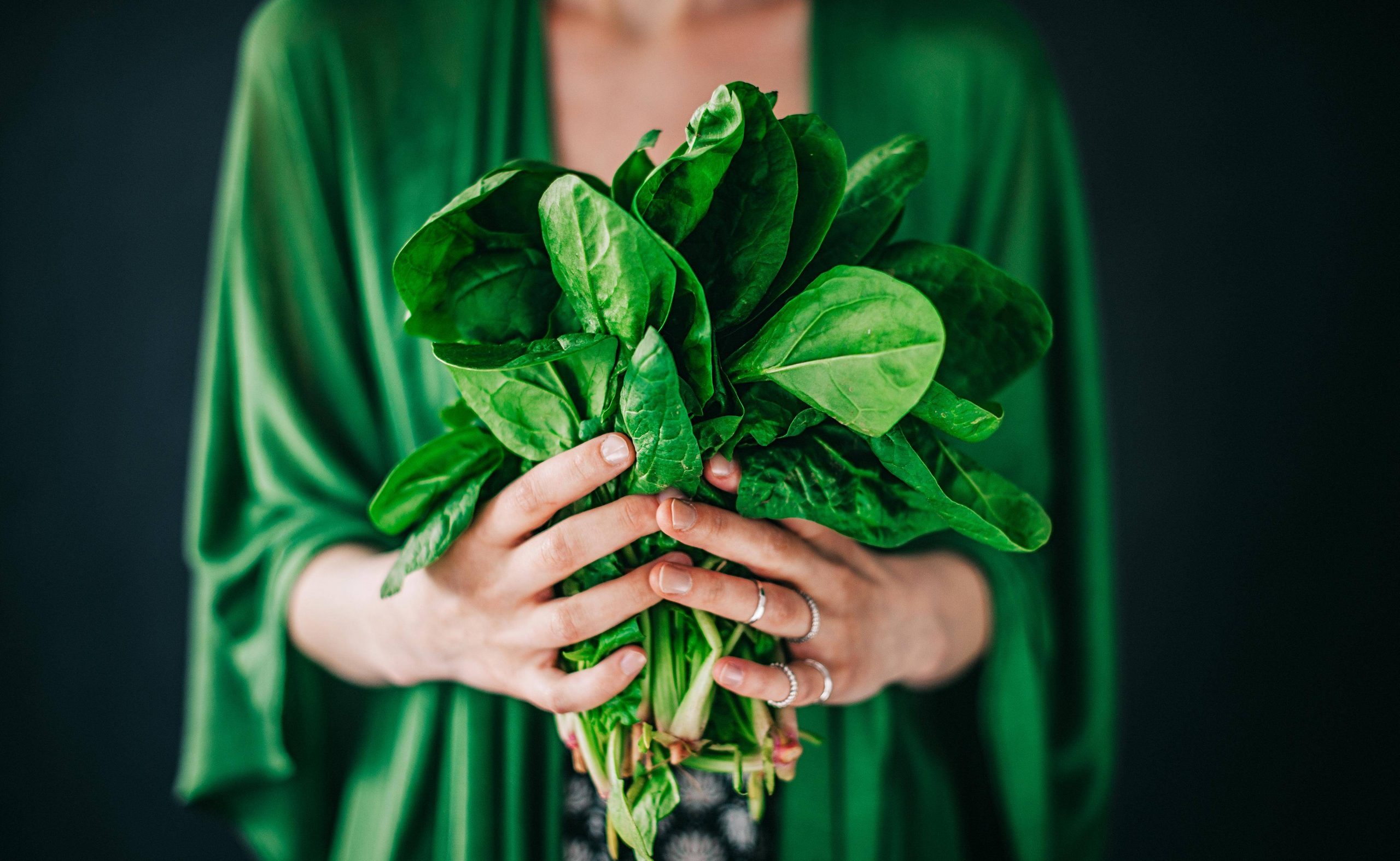

Health Food: Beware Junk Food in Disguise
 Jul 08, 2020
Jul 08, 2020
Nearly every grocery store or supermarket has a health food section. But just because a product has been placed in the “health food” are doesn’t mean it’s the best choice you can make. It would be nice to just assume anything in the health food section of your local market is good for you, but you’d be surprised how many of those products are better left on the shelf and out of your shopping cart. How can you tell if what is offered as health food is little more than junk food in disguise? This article will provide some simple, easy-to-follow guidelines for your next trip to the grocery store.
Is Highly Processed Health Food is an Oxymoron?
The short answer to this question is YES. But let’s dig a little deeper. The first point to be made here is that “processing” food in and of itself isn’t always a bad thing. I’ll illustrate this point with a simple example: Applesauce.
If you go to a local orchard, pick a bunch of apples, then cook them down into applesauce and can it at home, you’re processing food, but in a good way (especially if you don’t add any sugar, and you really don’t need since apples are naturally sweet), which is minimal processing. This allows you take full advantage of the vitamin C and antioxidants contained in apples while enjoying their natural sweetness balanced out with natural fiber. Some amount of food processing is necessary if you want to enjoy locally grown out-of-season fruit in the middle of winter.
Store-bought applesauce from the regular shelves of your grocery store is probably processed in less of a good way, especially if it includes the addition of sugar and/or chemical preservatives. Some applesauce is also fortified with vitamin D3, which is often sourced from animals and something vegans would want to be aware of. Just read the label to see what’s in the applesauce. You want your purchased applesauce to have at most three ingredients: Apples, water, and maybe ascorbic acid (which is just another name for vitamin C, and it’s a safely sourced form of the vitamin). If the label gets any more complicated than that, put it back on the shelf and find something better.
The only advantage you might find in buying applesauce from the health food section of your grocery store would be something like knowing the apples were grown organically, which might be important to you.
Takeaway Tip #1:The shorter the list of ingredients on a food product and knowing what each ingredient is, the better.
You see, the longer the list of ingredients on a food product, the more likely it is to be something highly processed. And in my opinion, “highly processed health food” is an oxymoron. Protein bars, plant-based chips and snack foods, flavoured soy milks, and so on are junk food masquerading as health food. They’re all highly processed and you’d be better off bypassing all of them.
Whole Food is Health Food
If you’re going cut back or eliminate the junk food disguised as health food when you shop for groceries, what’s the alternative? The answer, of course, are the whole foods found in the produce section of your grocery store. After all, the fresh fruits, vegetables, and herbs available there don’t have any ingredient list to worry over because they are the ingredients. And yes, this means choosing to cook healthy meals at home from the whole foods you purchase from the produce section of your market. And yes, the Aroga approach to nutrition is a plant-based diet. If you have the option of purchasing organically grown produce, that’s even better because you’ll avoid any traces of pesticides, herbicides, fungicides, and other chemicals that might remain on non-organic produce.
Takeaway Tip #2:The healthiest choice is purchasing fresh whole foods in the produce section for home-cooked meals.
You’ve no doubt heard the old adage you are what you eat, right? Think about that the next time you’re looking at a long list of ingredients on the back of a highly processed “health food” product, then put it back on the shelf and head over to the produce section. Relish in the wide choice of fresh fruits, vegetables, and herbs, grab some great spices, and start cooking healthy meals in the comfort of your home!
Coronavirus/COVID-19 Update:
Grocery shopping during the coronavirus/COVID-19 pandemic has become a surreal experience. Many stores have new hours, special hours for at-risk shoppers, and are even limiting the number of shoppers allowed inside at one time to help enforce social distancing guidelines. Check store websites to be aware of these kinds of changes. Take full advantage of disinfectant wipes to sanitize any and all surfaces you touch in the store, including carts and baskets, opening refrigerator cases, and so on. After unloading your groceries and putting them away at home, wash your hands thoroughly with warm water and soap for 20-30 seconds, which is longer than you think.

Written by
Aroga Lifestyle Medicine
Aroga Lifestyle Medicine is a trail-blazing clinic with an multi-disciplinary team that believes that most, if not all, cardiac and metabolic illnesses can be prevented and treated with intensive lifestyle modifications. Using evidenced-based therapies, patients are empowered to experience true healing and wellness.



